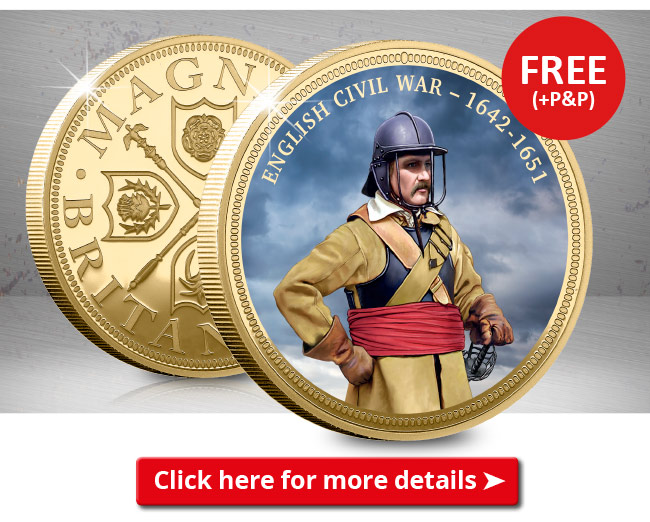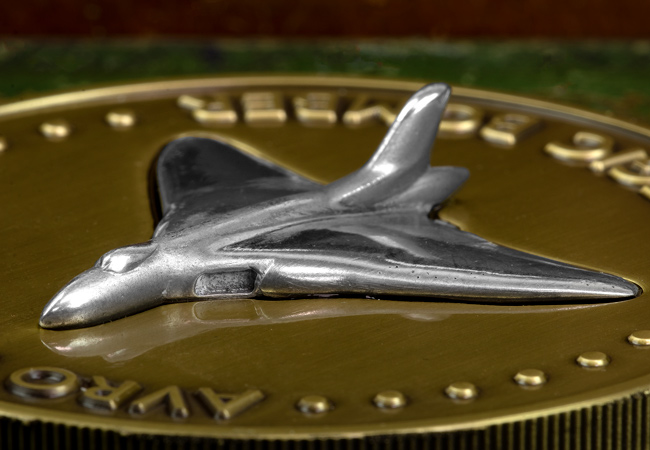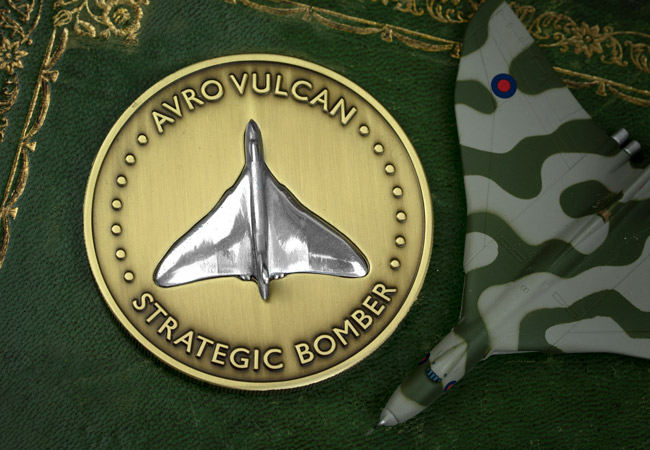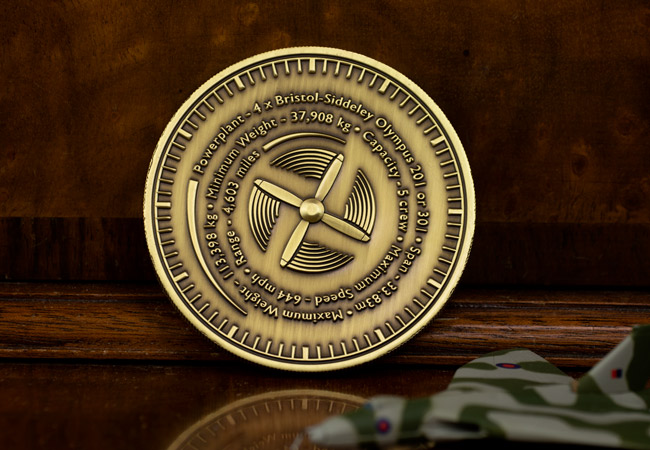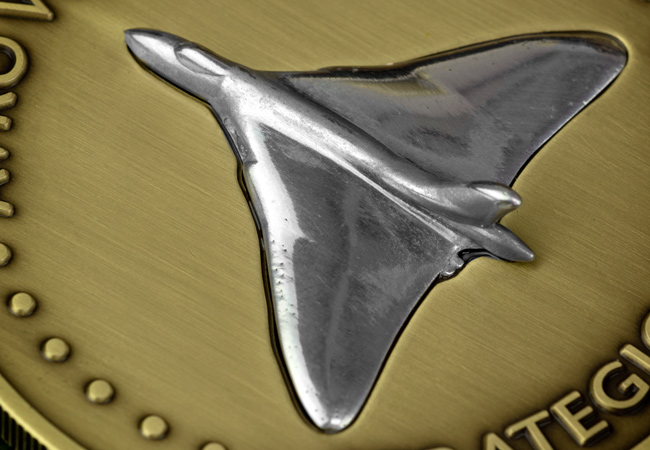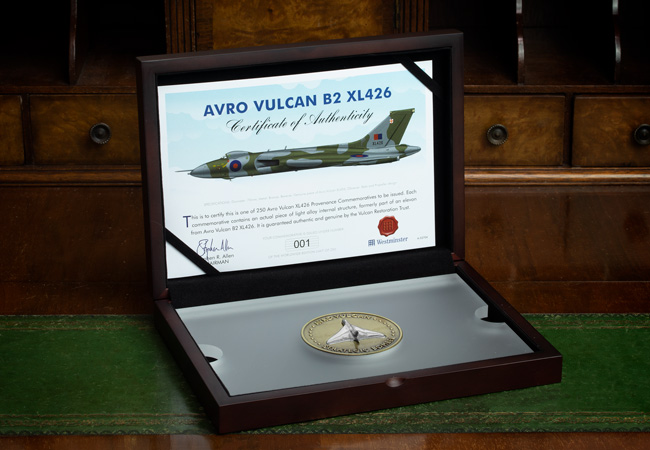Posts Tagged ‘British history’
Do you know the British inventor behind the steam locomotive?
Richard Trevithick was born in a small Cornish mining village in 1771 and was surrounded by engineering at an early age, which paved the way for him to become the pivotal inventor and engineer who was responsible for inventing the first ever working steam locomotive…
During his school years, Trevithick paid little attention in class and instead focused on sports; however he also had a natural aptitude for arithmetic, and always managed to get to the correct answer using unconventional methods.
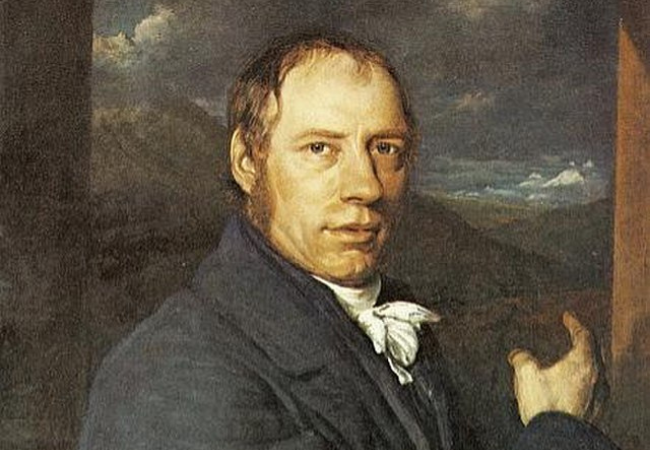
During his time working in the mining community, Trevithick began to pioneer the use of high-pressure steam, and started building and modifying steam engines around this principle. As time went on, and boiler technology improved, Trevithick realised this now allowed for the safe production of high-pressure steam; which meant engines could be smaller and more economical to run.
Trevithick’s early applications of high-pressure steam ranged from stationary engines to steam-road locomotives. In 1802, Trevithick built his first steam locomotive for the Coalbrookdale Ironworks in Shropshire.
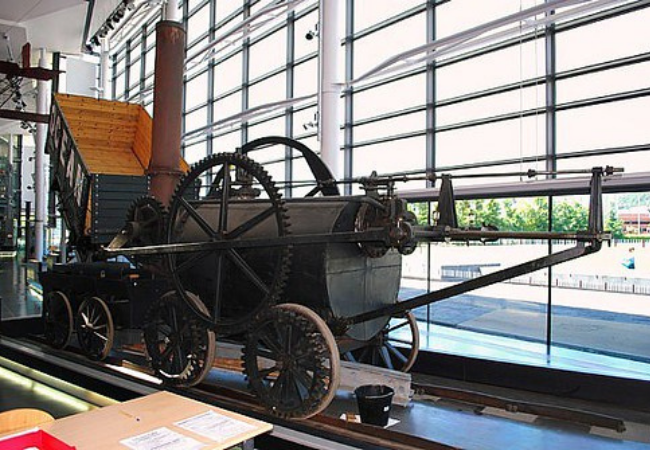
In 1804, the first officially recorded steam-hauled railway journey took place when another one of Trevithick’s locomotives hauled a train from the Pen-y-Darren Ironworks in Merthyr Tydfil to Abercynon in South Wales.
Trevithick’s inventions were responsible for revolutionising the mining industry and he became a well-respected figure in both mining and engineering circles because of it. Trevithick even had some involvement in the early development of the Thames Tunnel, and several different nautical projects, however the successful first working steam locomotive remains his most well-known claim to fame.
Now commemorated on a BRAND NEW range of coins
And now, a portrait of Richard Trevithick features on a BRAND NEW range of coins, exclusive for Westminster Collectors.
This is the first time a portrait of this pivotal inventor and engineer from our history has been featured on a British Isles coin, and the edition limits for each of the three specifications this coin has been issued in, are very low…
You can explore this coin range using the link below – however, with such low edition limits on each of this coins specifications, you’ll need to act fast if you want to add one to your collection!
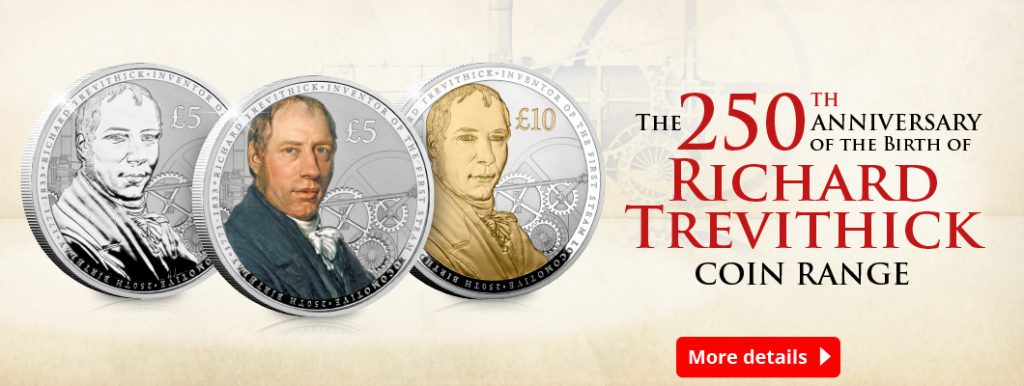
Britain’s stylish military ‘chic’ blossomed down the centuries
Britain is rightly proud of its magnificent military traditions and soldiering skills.
The country’s armed services are masters of parade ground pageantry. It is the envy of the world. Ceremonials are a chance to display our treasured array of historic honours for gallantry, including exquisite medals, ribbons, banners and the finest heraldry.
Think of the choreography of Trooping the Colour or the pageantry of anniversaries such as the Queen’s birthday and recently her Jubilees. It is a great British tradition.
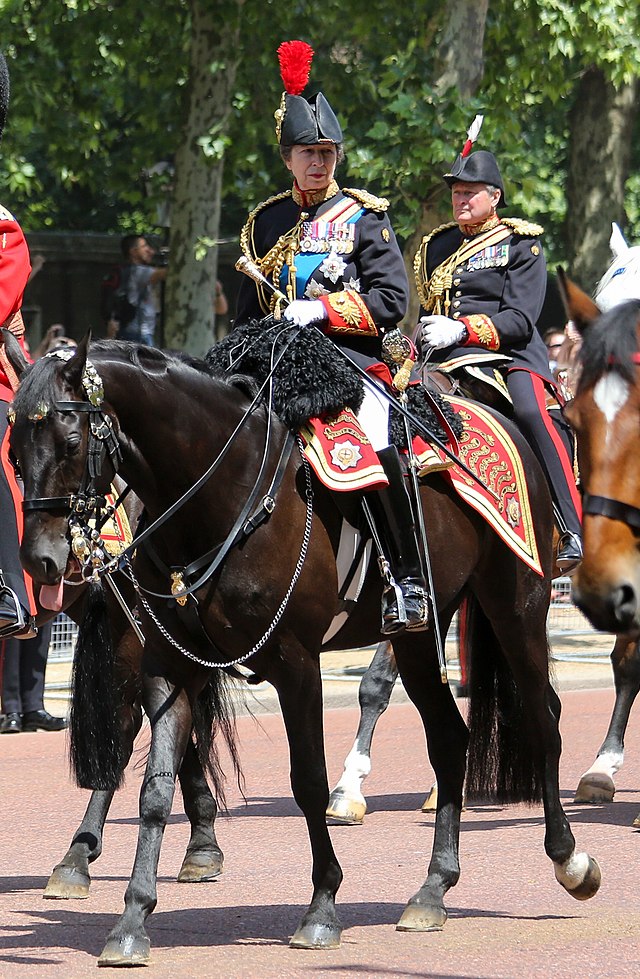
Trooping the Colour 2018 – Anne, Princess Royal 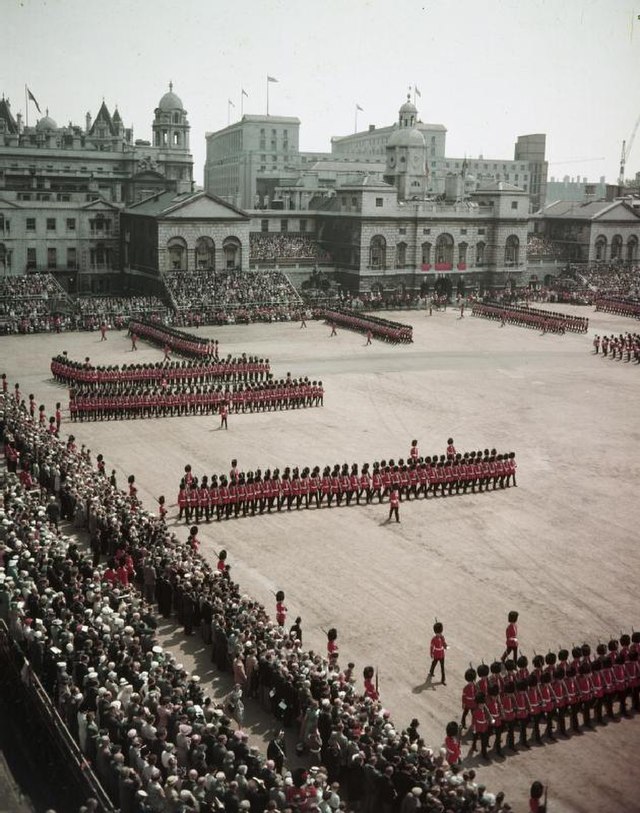
Trooping the Colour, 1956
Even state funerals for ‘the great and the good’ have that unique touch of pomp that could only be identified as British.
It has become part of the nation’s DNA.
What are the origins of this ceremonial showmanship? More than a thousand years of accumulated military action have created a culture of martial discipline born out of a pride and patriotism. Our island’s history is peppered with a litany of brutal wars and conflicts so the image of the foot soldier has changed along with that history.
From the Roman invasion to Viking raiders, Anglo Saxon and Celtic settlers, tribal Kings and Queens, ours is a nation which marched out, for good or bad, to form a now disbanded global Empire.
Military brand
This history has left a legacy of military ‘chic’ – a stream of recognisable uniform brands created over the centuries. There are milestones along that historic route.
There’s the image of King Harold at The Battle of Hastings defeated by Norman invaders. Hastings was a turning point in our history. Harold and his troops with their protective conical copper helmets and nasal protectors. Harold’s own helmet failed to save him from that fatal arrow, depicted in the Bayeux tapestry. Some experts believe that if the arrow had missed its target, the battle could have had a different outcome.
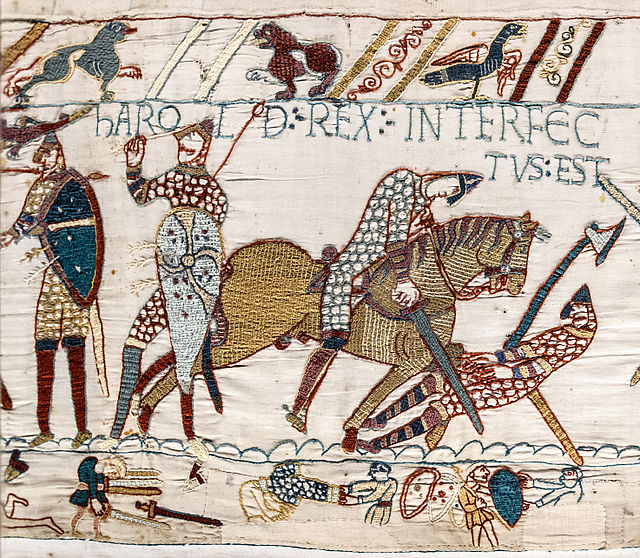
But from ‘1066 and all that’, William the Conqueror brought a more cultured atmosphere to a chaotic island inhabited by tribes. With the Norman invaders a more ordered society emerged with Domesday Book records of the wealth and land ownership and an upgrade in battlefield fashion.
Game of thrones
Plenty of blood-letting lay ahead over the next decades. Arguments over succession to The Crown of England rumbled on. The Anarchy conflicts flared, the Wars of the Roses raged, there was carnage on Yorkshire soil at Towton and French turf at Agincourt and Crecy – a catalogue of ‘Horrible Histories’ some might say.
The image of the fighting man with his sword and shield or bow and arrow changed little. Centuries of conflict helped build layers of skill and the knowledge of experience for what was the appropriate kit when confronting an enemy.
Identity crisis
By the time King Charles I lost his head after a gruesome civil war, the technology had changed. Muskets and artillery meant the order of battle was different.
Although hand-to-hand conflict was still common, battles often began with canon fire and musket shot. On a chaotic battlefield clouded in gun smoke, how did a soldier tell friend from foe?
One answer was to wear brightly coloured waist bands and shoulder sashes. There were fewer flags and emblems but colour coding uniforms emerged. Historians believe this was when the term ‘Redcoats’ first entered the military language.
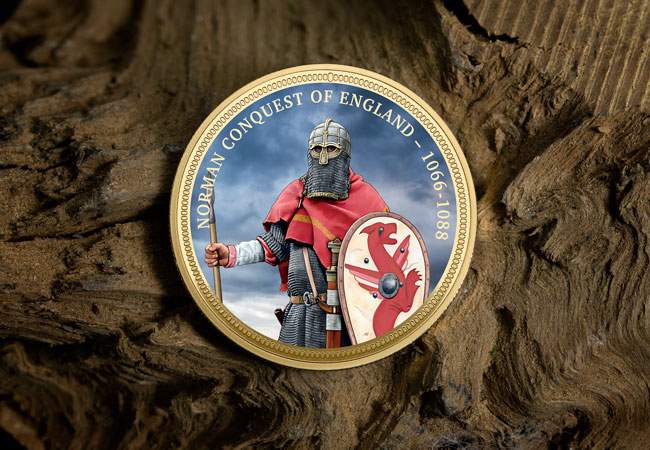
A soldier from the Norman Conquest of England, by artist Jean Michel Girard 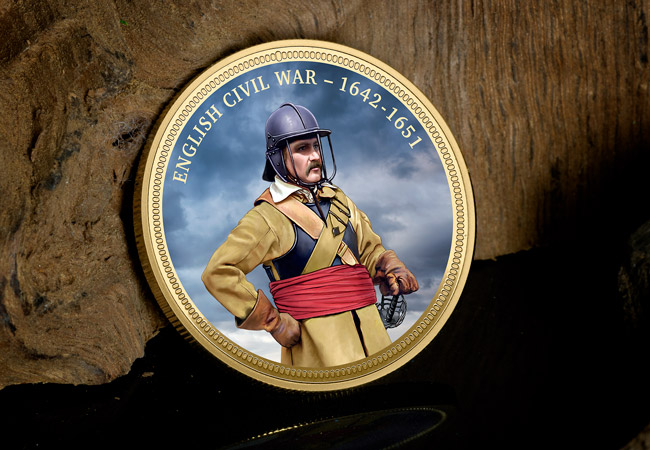
A soldier of Cromwell’s army, by artist Jean Michel Girard
Oliver Cromwell’s New Model Army marked a change to the look of soldiers’ going into battle with their rounded helmets and brightly coloured sashes.
Why does it still matter that we can identify so closely with our military history? Why do people enjoy the experience of collecting military memorabilia and argue over the minute details of what uniforms soldiers wore and how they wore it.
They are fascinated by how they marched, their weaponry and battlefield tactics.
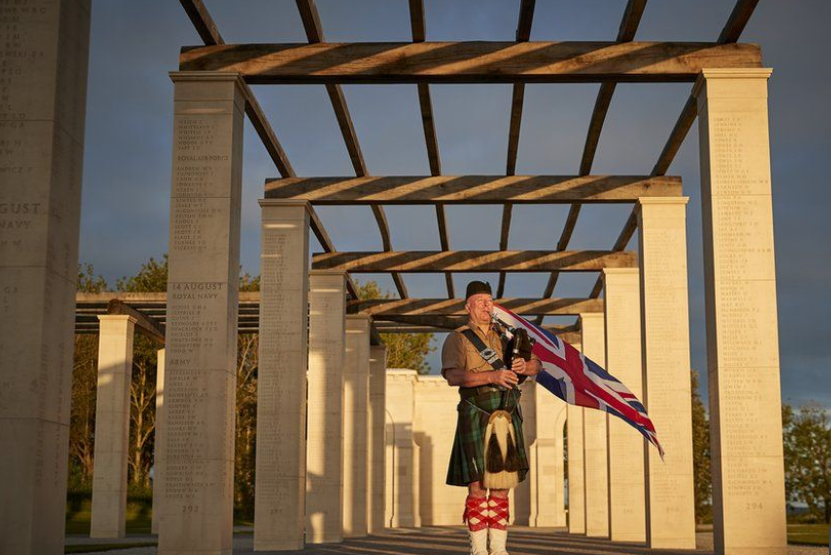
Tactile history
Psychologists argue people have a fundamental need to be able to touch and feel history. In the modern era where heroes, with writing and reading skills, could record their thoughts we have access to their poems and words written before during and after battles. We can see and touch personal items. For many it is an emotional experience and a direct link to the past.
It’s 77 years since the D-Day landings. A thousand years after William the Conqueror’s soldiers from our island, together with American and Allied troops, went off to Normandy in an invasion like no other on unimaginable scale.
That we still pay homage to those soldiers, sailors and airmen through ceremonials, souvenirs and medals feels right.
‘A nation that forgets its defenders will itself be forgotten’
Calvin Coolidge, the US President from the 1930s, once said: ‘A nation that forgets its defenders will itself be forgotten’.
It is hard to argue with that sentiment.
The Historic British Forces Collection
Now the visual history of British Forces has been recreated on a collection of stunning gold-plated medals. Each original illustration has been meticulously considered, with no detail too small and what’s more, the collection is strictly limited edition.
Start collecting the soldiers that shaped history today with The English Civil War Roundhead – Yours for FREE (+p&p) when you trial the Historic British Forces Collection.
DM June 2021.
The Avro Vulcan – the national treasure of our skies
The Avro Vulcan is one of the most distinctive planes that graced our skies after World War 2, and during its time in active service with the RAF, became a national treasure that is still remembered and well loved to this day.
The Vulcan was considered to be the most technologically advanced plane of its time, and was fundamental in helping to improve our understanding of advanced aerodynamics – and some technologies used in the Avro Vulcan were later incorporated into the design of Concorde.
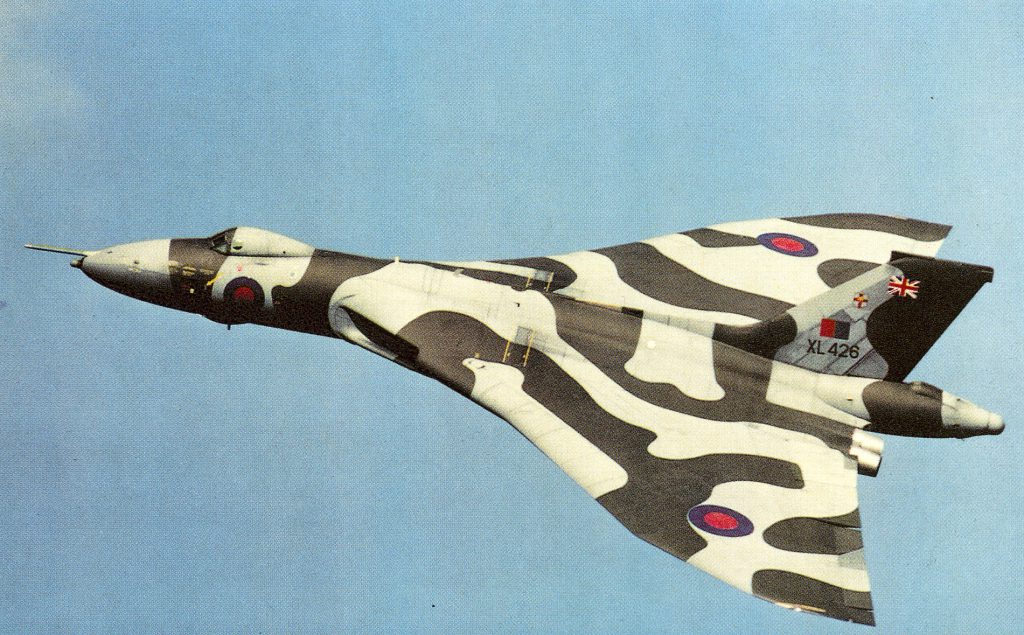
The Vulcan first became a part of the RAF in 1956, but it wasn’t until 1960 that the improved Vulcan B2 entered active service. The Vulcan B2 had several improved features over the B1, including more powerful engines, a larger wingspan, and an improved electrical system.
Although most Avro Vulcan’s were retired from active service, a few still exist today for air display purposes, or in the case of the Avro Vulcan XL426, are kept in taxiable condition for ground runs and events.
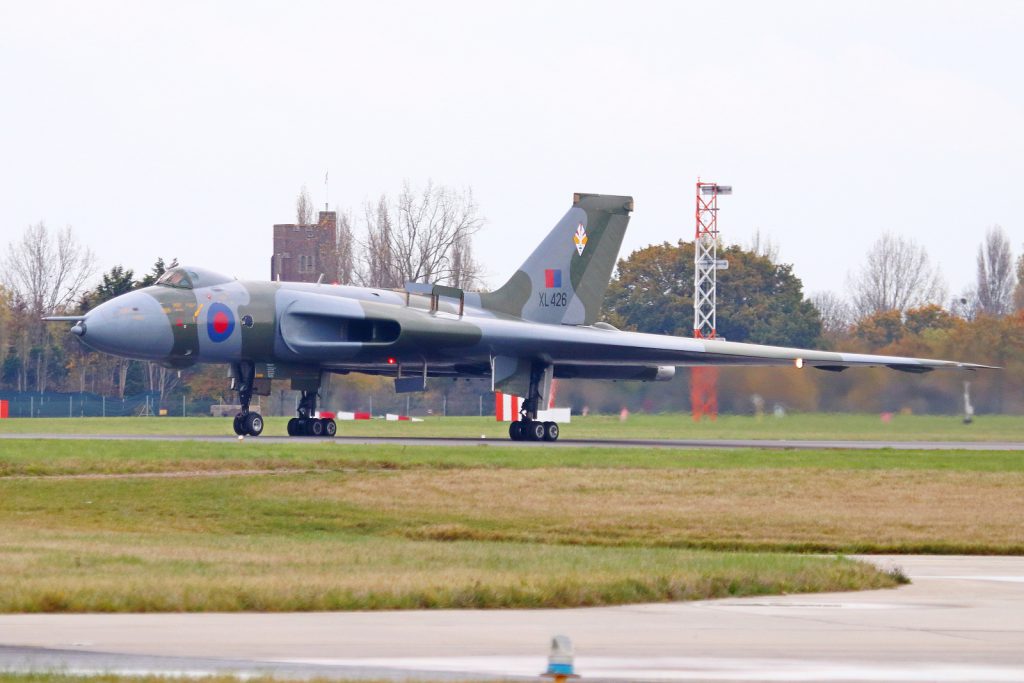
The Vulcan XL426 was in active service with the RAF from 1962 to 1986, and during her service, set an unofficial world record for the fastest flight from Canada to the UK, taking only 4 hours and 5 minutes – a record later officially beaten by Concorde.
In 1993, ownership of the XL426 was transferred to the Vulcan Restoration Trust, and although she no longer takes to the skies, XL426 is regularly showcased in events taxying on the runway at London Southend Airport and is maintained solely through donations to the Vulcan Restoration Trust.
It is from this very plane after some restoration work, that the metal from an elevon was taken, and sculpted into miniature sculptures of the Avro Vulcan for use in a special, limited edition commemorative…
The BRAND NEW Avro Vulcan XL426 Provenance Commemorative
And now, a small number of collectors have the chance to own a BRAND NEW Commemorative featuring an ACTUAL piece of the Avro Vulcan XL426…
This incredible commemorative features an original piece of the Avro Vulcan XL426, hand-sculpted into the shape of this iconic plane and expertly precision set into a deluxe SUPERSIZE 70mm commemorative.
Even without the piece of the Avro Vulcan, this commemorative is a work of engineering art in its own right. Combined with the actual piece of Avro Vulcan, it becomes a piece of aviation history…
Only 250 lucky collectors have the chance to own this special new commemorative. The last Provenance commemorative that features a piece of Hawker Hurricane SOLD OUT in a matter of weeks. Click here to secure your Avro Vulcan XL426 Provenance Commemorative before they are SOLD OUT!

